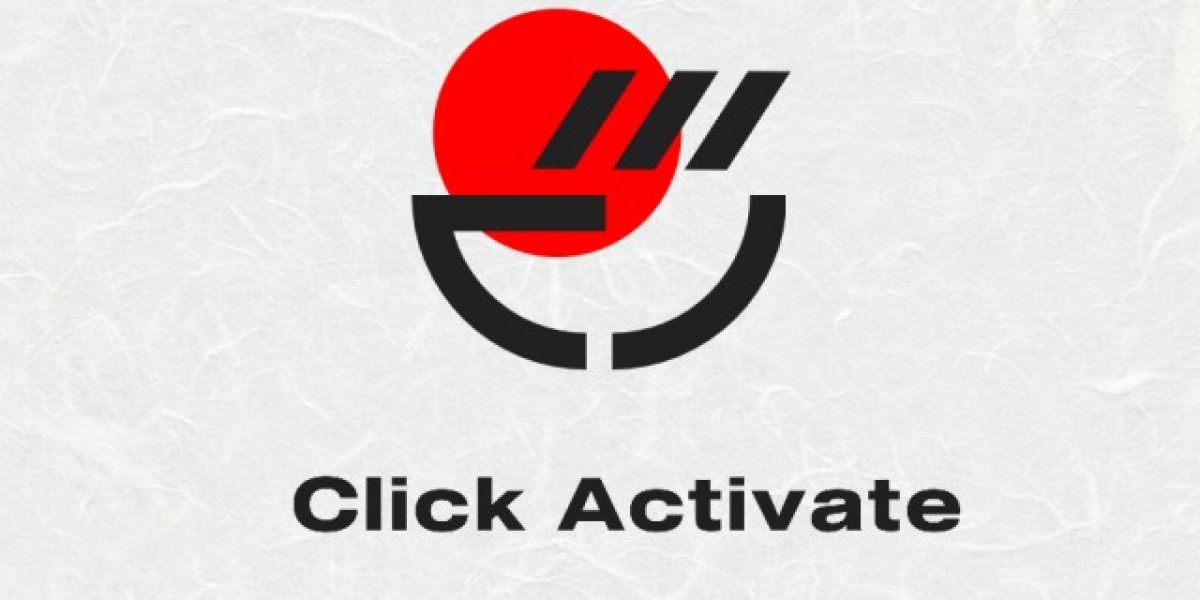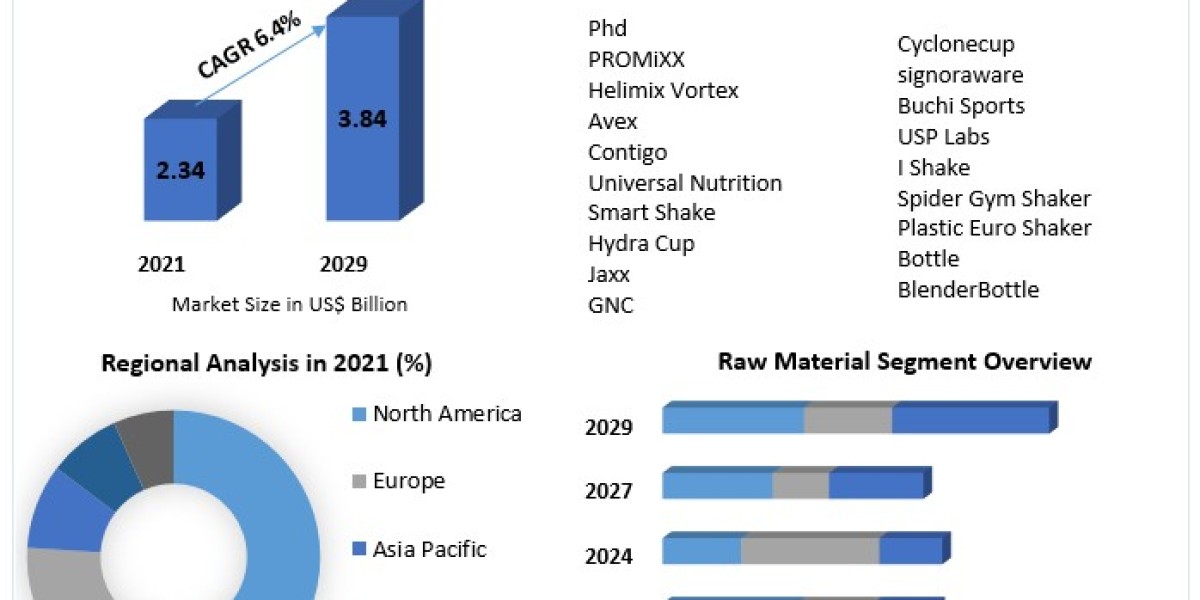Introduction
In the healthcare industry, provider credentialing services are critical processes that ensure healthcare providers are properly verified and authorized to deliver services and receive reimbursements. This comprehensive guide walks you through each step of the provider enrollment and credentialing process, from the initial application to ongoing maintenance, to help you navigate this essential aspect of healthcare administration with confidence and efficiency.
Understanding Provider Enrollment and Credentialing
What is Provider Enrollment?
Provider enrollment is the process by which healthcare providers apply to participate in a health insurance network or program. This process involves submitting detailed information about the provider’s qualifications, experience, and practice details to insurance payers or government health programs.
What is Credentialing?
Credentialing is the systematic verification of a healthcare provider’s professional qualifications. This includes confirming education, training, licensure, and work history. Credentialing ensures that providers meet the required standards to deliver care within their scope of practice.
The Importance of Provider Enrollment and Credentialing
Ensuring Compliance
Proper enrollment and credentialing ensure that healthcare providers comply with regulatory and payer requirements. This compliance is crucial for avoiding legal issues and maintaining the ability to provide services to patients covered by various insurance plans.
Enhancing Reputation
Being credentialed by reputable payers enhances a provider’s credibility and trustworthiness in the eyes of patients and other healthcare entities. It signifies that the provider has met stringent standards of practice.
Financial Implications
Successful provider enrollment is essential for timely and accurate reimbursement for services rendered. Without proper enrollment, providers may face delays or denials in payment, impacting financial stability.
Preparing for Provider Enrollment
Gathering Necessary Documents
Before beginning the enrollment process, providers must gather essential documents such as medical licenses, board certifications, malpractice insurance, and detailed professional history. Having these documents organized and readily available can streamline the application process.
Identifying the Right Payers
Providers must identify the insurance payers and government programs they wish to enroll with. Each payer may have different requirements and application processes, so understanding these nuances is crucial.
The Initial Application Process
Choosing the Correct Forms
Each payer will have specific forms required for provider enrollment. It is important to choose and complete the correct forms accurately to avoid delays or rejections.
Accurate Completion of Applications
Accurate and thorough completion of enrollment applications is essential. Any errors or omissions can lead to processing delays or outright denials, which can be time-consuming and frustrating.
Credentialing Documentation Requirements
Personal Identification
Providers must submit valid identification documents such as a driver’s license or passport to verify their identity.
Professional Qualifications
Documents verifying educational background, such as diplomas and certificates from medical schools and residency programs, are required.
Work History
A comprehensive work history, including previous and current employment details, must be provided to demonstrate the provider’s experience and expertise.
Malpractice Insurance
Proof of current malpractice insurance coverage is necessary to ensure that providers are protected against potential legal claims.
Verification of Credentials
Primary Source Verification
Primary source verification involves directly contacting the issuing institutions or authorities to confirm the authenticity of the provider’s qualifications, such as medical schools, licensing boards, and certification bodies.
Secondary Source Verification
Secondary source verification includes additional checks, such as reviewing the provider’s professional references and conducting background checks to ensure there are no discrepancies.
Common Challenges in Enrollment and Credentialing
Incomplete Applications
One of the most common challenges is the submission of incomplete applications. Missing information or documentation can significantly delay the process.
Miscommunication with Payers
Miscommunication or lack of communication with payers can lead to misunderstandings and delays. Clear and consistent communication is essential to keep the process on track.
Delays in Verification
Verification of credentials can be time-consuming, particularly if there are discrepancies or difficulties in obtaining primary source verifications.
Strategies to Overcome Enrollment Challenges
Proactive Communication
Maintaining open lines of communication with payers and regularly following up on the status of applications can help address issues promptly and avoid delays.
Accurate Record Keeping
Keeping detailed and organized records of all documents and communications related to enrollment and credentialing is crucial for quick reference and resolution of any issues.
Utilizing Credentialing Software
Credentialing software can automate many aspects of the process, ensuring that applications are complete, deadlines are met, and documents are easily accessible.
Provider Enrollment and Credentialing Timelines
Standard Timelines
The timeline for provider enrollment and credentialing can vary, but typically it takes between 60 to 120 days. Some payers may have faster or slower processing times.
Factors Affecting Timelines
Several factors can affect timelines, including the completeness of the application, the responsiveness of the issuing institutions for verifications, and the payer’s processing capacity.
Maintaining Credentials and Re-credentialing
Tracking Expiry Dates
Providers must keep track of the expiration dates of their licenses, certifications, and malpractice insurance to ensure they are renewed on time.
Continuing Education Requirements
Many healthcare providers are required to complete continuing education courses to maintain their credentials. Keeping up with these requirements is essential for re-credentialing.
Periodic Re-verification
Payers often require periodic re-verification of credentials to ensure that providers continue to meet their standards. Staying prepared for these re-verifications is crucial.
The Role of Credentialing Software
Features of Credentialing Software
Credentialing software typically includes features such as automated reminders for document renewals, secure storage of credentialing documents, and tracking of application status.
Benefits of Automation
Automating the credentialing process can significantly reduce the administrative burden on providers and staff, improve accuracy, and speed up the overall process.
Working with Credentialing Services
Choosing a Credentialing Service
When selecting a credentialing service, providers should consider the service’s reputation, experience, and the range of services offered to ensure they meet their specific needs.
Benefits of Professional Services
Professional credentialing services can provide expertise, handle complex cases, and offer dedicated support to navigate the enrollment and credentialing process efficiently.
Compliance and Legal Considerations
Understanding Regulatory Requirements
Providers must be aware of the regulatory requirements at both the state and federal levels to ensure compliance throughout the enrollment and credentialing process.
Avoiding Legal Pitfalls
Ensuring accuracy and completeness in documentation and staying informed about changes in regulations can help providers avoid legal issues and penalties.
The Financial Aspect of Provider Enrollment
Cost of Credentialing
Credentialing involves costs related to application fees, verification services, and potentially hiring credentialing professionals. Understanding these costs is essential for budgeting.
Financial Benefits of Enrollment
Proper enrollment ensures that providers can bill and receive payment from a wider range of payers, which can significantly improve financial stability and revenue.
Conclusion
Successfully navigating the provider enrollment and credentialing services process is essential for healthcare providers to deliver quality care and receive appropriate reimbursement. By understanding the steps involved, preparing thoroughly, and utilizing available resources such as credentialing software and services, providers can streamline the process and avoid common pitfalls. Maintaining credentials through ongoing education and re-verification ensures continued compliance and operational efficiency.








